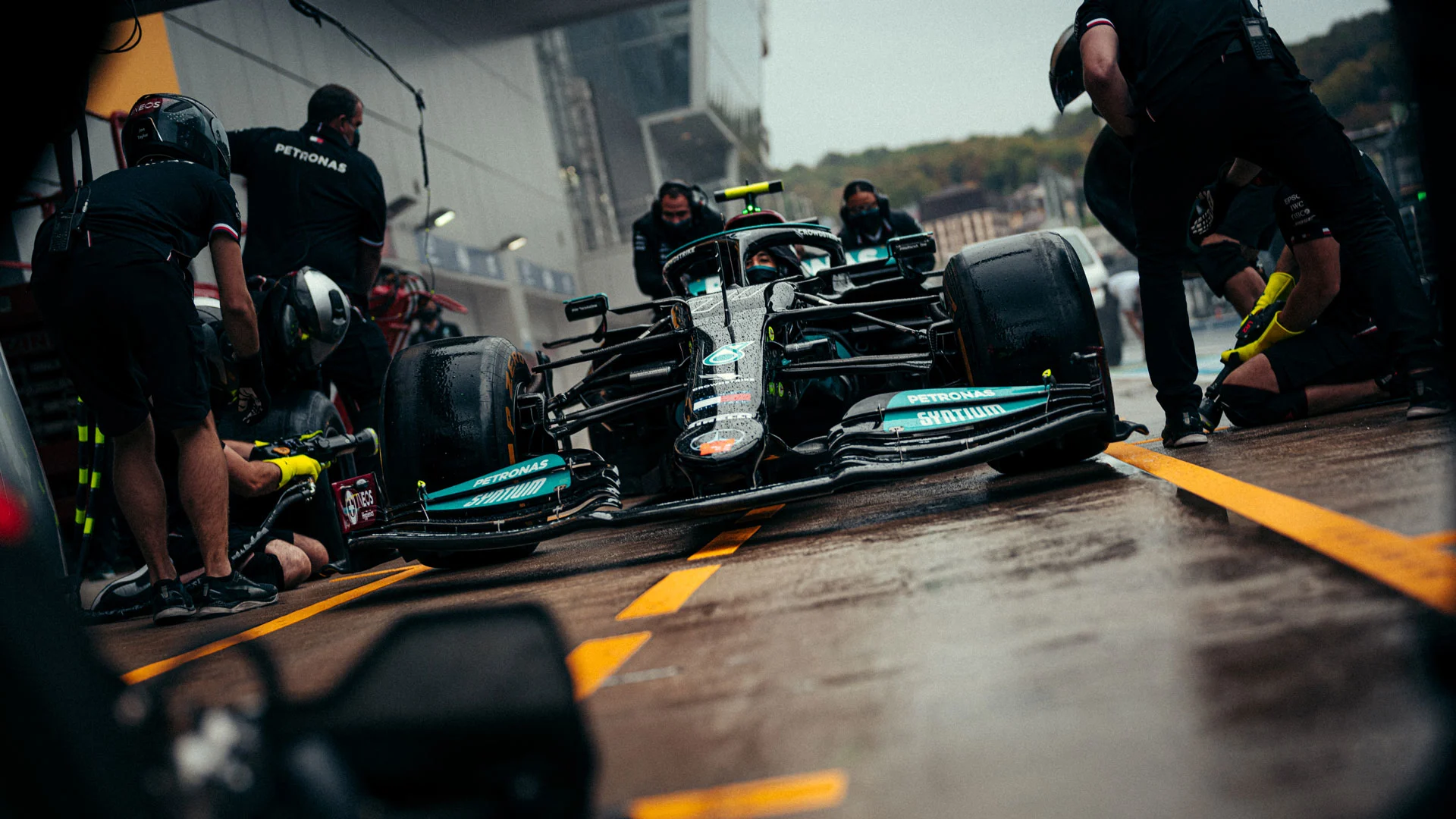After dry running on Friday, the teams missed out on a practice session and had to contend with a wet qualifying on Saturday, so we take a look at the different strategic options open to the teams ahead of today’s Russian Grand Prix at the Sochi Autodrom.
What are the likely strategies for the frontrunners?
It’s a fairly simply one for those at the sharp end of the field, if Sunday stays dry. The wet weather on Saturday meant all of the best lap times were set on the intermediate tyre in Q2, and therefore everyone has a free choice of compounds to start on.
With the pit lane loss time estimated to be around 25 seconds – due to the entry including the final two corners, and then the exit being onto the long run to Turn 2 – the one-stop strategy is by far the preferred option. And the expected conditions will play a big part in which tyres each driver starts on.
READ MORE: Norris beats Sainz and Russell to claim sensational maiden pole for Russian Grand Prix
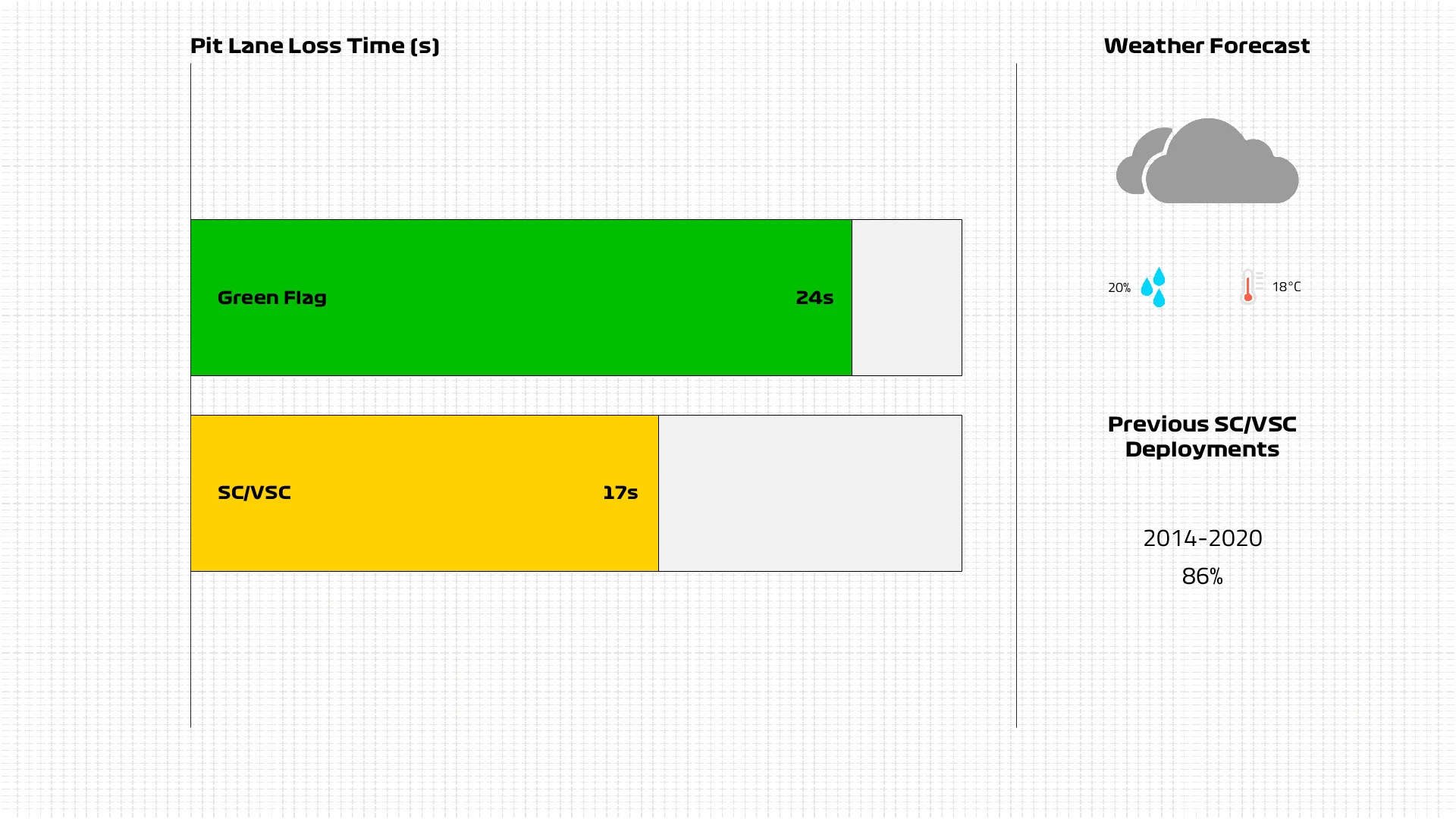
It’s expected to be dry (but not guaranteed – more on that later), and temperatures are likely to be low once again, which means teams are going to be preferring a start on the medium compound tyre.
Doing so will allow the most flexibility, because the mediums can run until Lap 20, but the hard is a very robust race tyre with such low degradation in Sochi, so if the race situation calls for it then a pit stop as early as Lap 10 or 11 would still allow them to make the one-stop work.
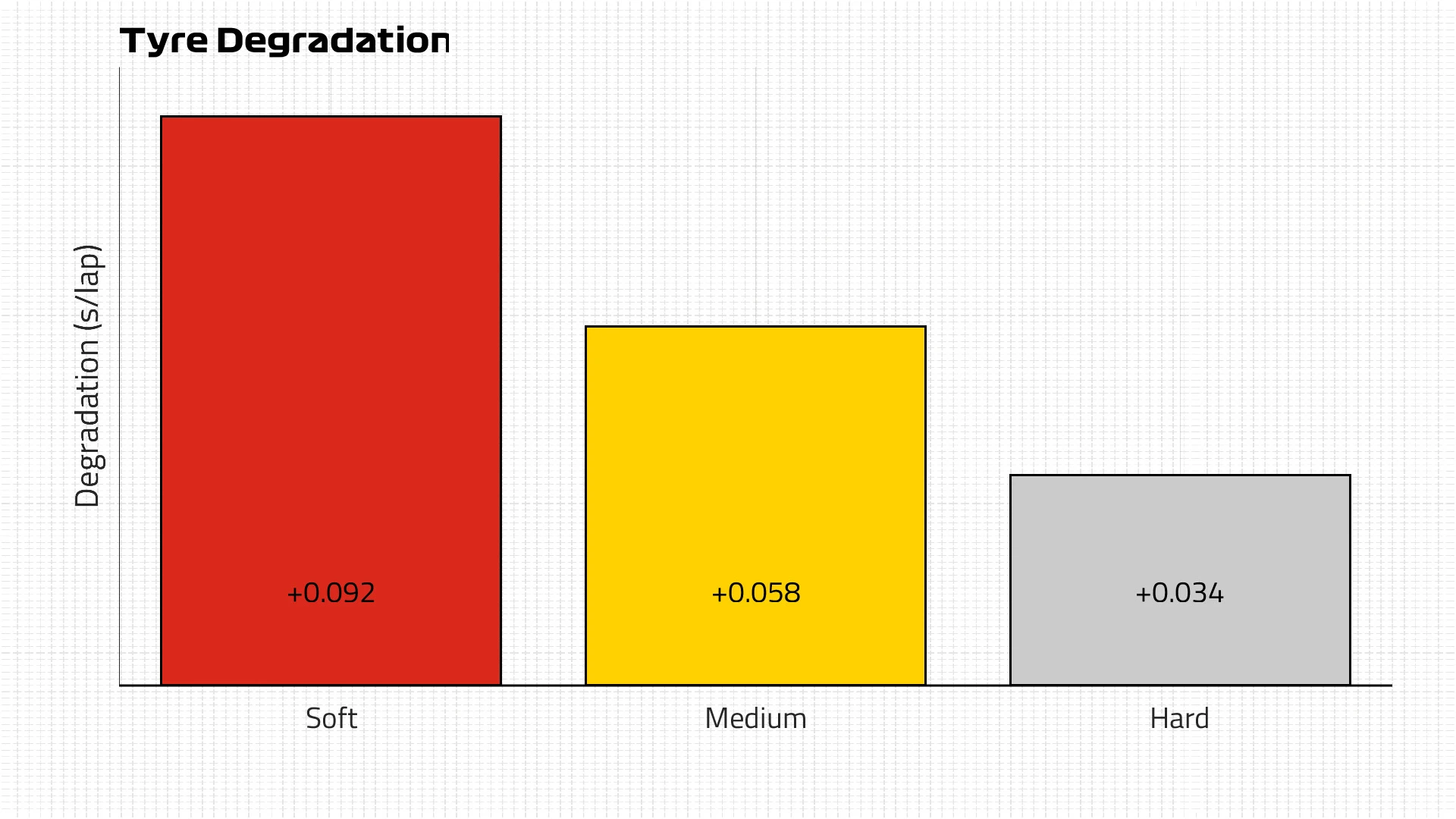
How about the rest of the top 10?
As stated above, everyone has a free choice of starting tyre, so we could well see a lot of similar choices at the front, especially given the mixed up grid. The quick Mercedes of Lewis Hamilton starts fourth, and if he wants to he can back his pace to get through on that same strategy.
We’ve also often seen Mercedes run longer when trying to gain track position, sticking close behind the car ahead and then overcutting them when they pit - which Valtteri Bottas may choose to employ, now he's set to start from near the back of the field after taking a new power unit overnight.
But the next most likely strategy would see the soft tyre used in the first stint, which would need to be around 12 laps long before a switch to the hards is safe. The softs would give an advantage off the line – which is particularly important given the long run to Turn 2 that will only emphasise that benefit – but the concern will be graining on the low-grip surface.
The front tyres will be the area of concern – and while the mediums are likely to see some graining too at some stage, it’s even more of an issue on the softs if the temperature remains low. Should it warm up slightly to around the 20C mark, then the softs could become an even more popular choice up and down the grid, as that should reduce the severity of any graining.
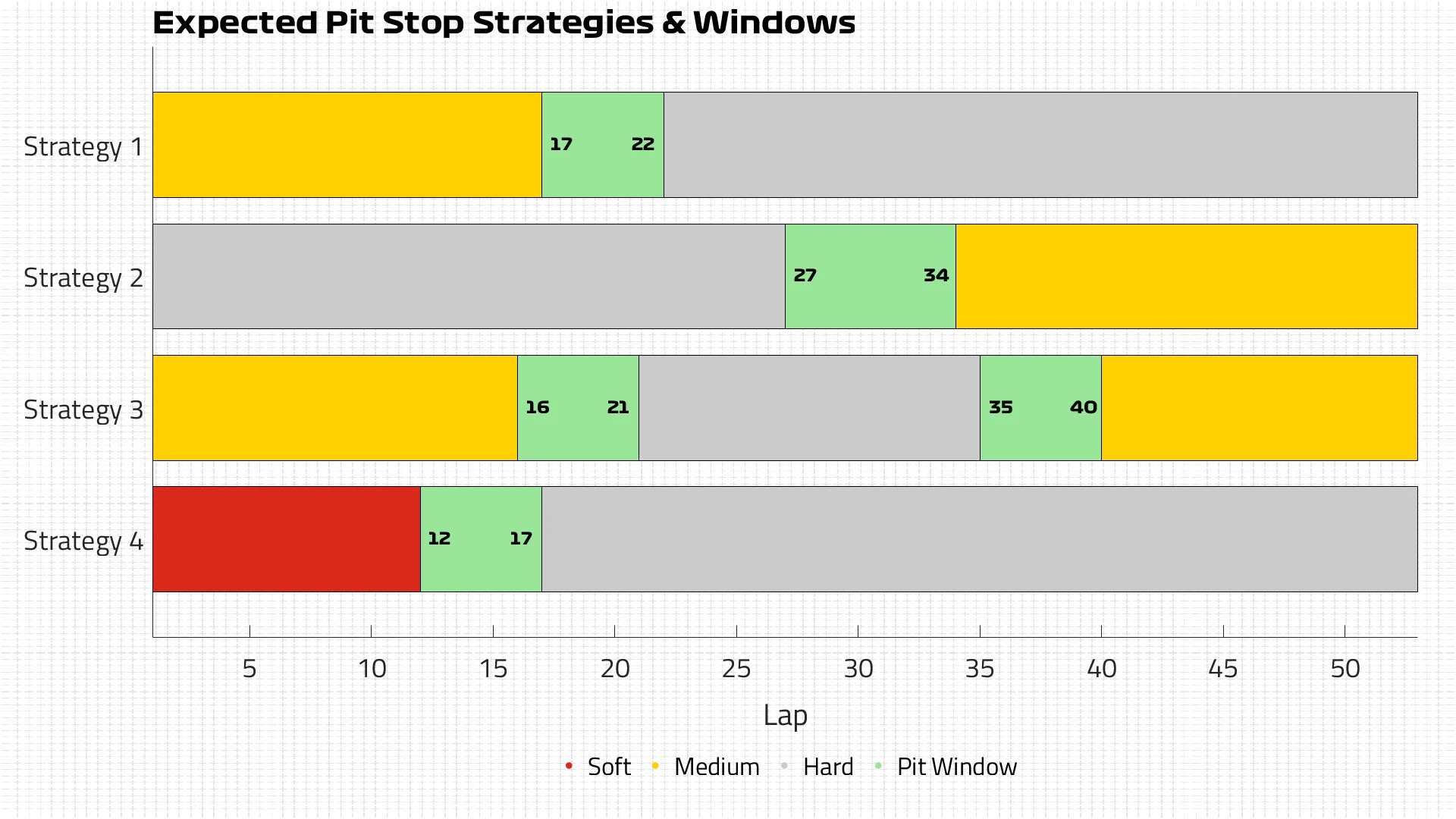
What are the options for the bottom half of the field?
On paper, the second quickest strategy – and very close to the choice of medium-hard – is the same tyre pairing run in the opposite way. The theory would be to run longer than those ahead, gain clear air to show some consistent pace and then take a later pit stop and attack in the closing stages.
But races aren’t run on paper, and starting on the hards would be a risk. The main issue would be the low track temperatures and grip conditions, which would make the car even tougher to handle, particularly on high fuel when the pace is lower and drivers are in traffic. The lack of downforce when following another car would just add to the concoction, so it would be a real challenge for drivers in the opening stages.
On top of that, the hard would offer the lowest grip level off the line, and with the long run to Turn 2 to take into consideration, it’s another aspect that makes the hard a bigger gamble than it looks.
Two-stopping using either the softs or mediums (drivers have plenty of new sets of both compounds thanks to the wet weather on Saturday) is only a realistic option if there are Safety Cars or graining on the hard compound, but it’s expected to be comfortably slower than the one-stop strategy.
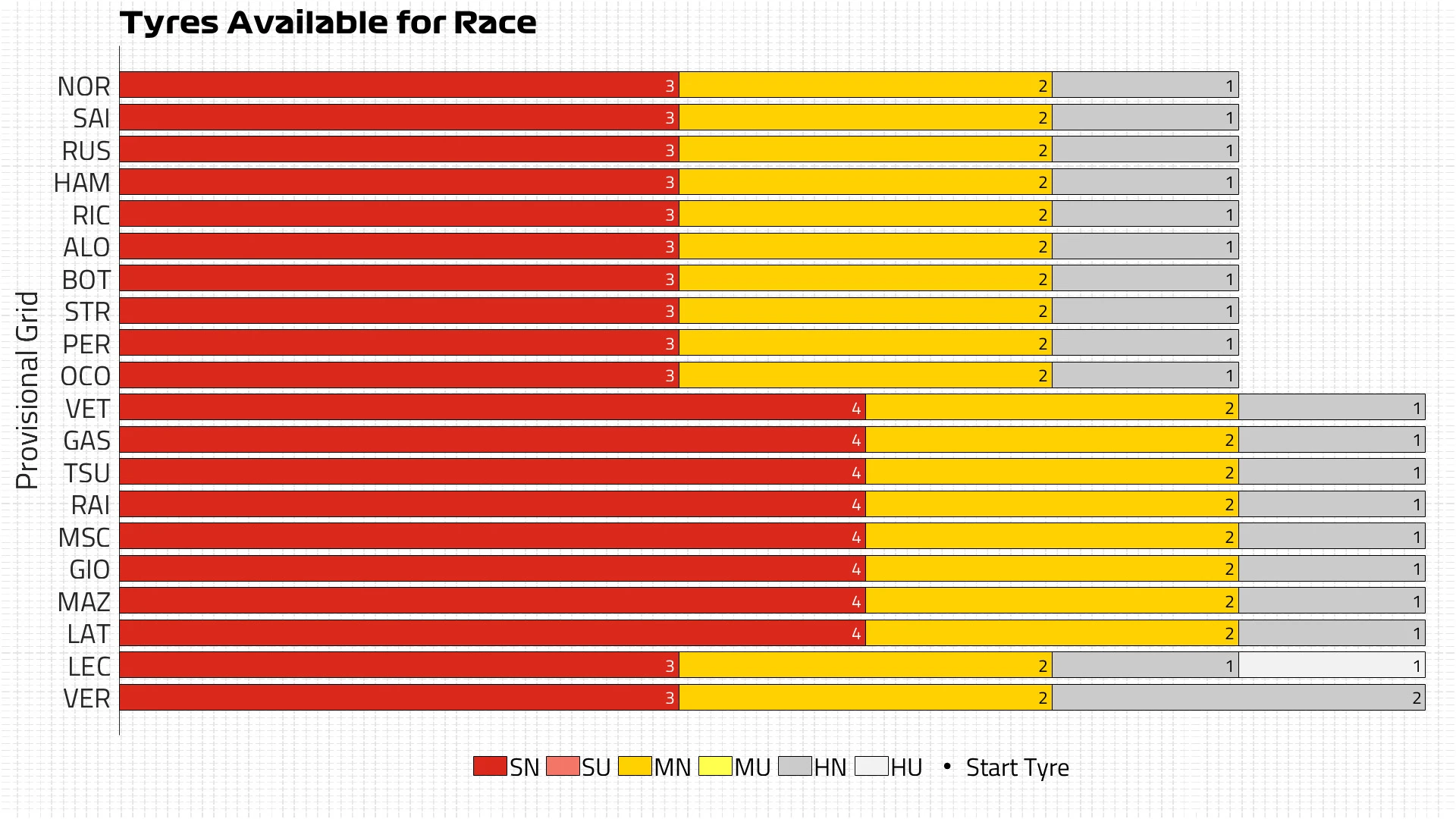
Wait, but what’s the weather doing?
Much of Saturday was spent watching the weather radar, with torrential rain leading to the cancellation of FP3 even before the session was due to start. But the weather cleared up sufficiently for a thrilling qualifying session to take place on time.
There’s only a 20% chance of rain for the race at this stage, but there was a lot that could be learned from qualifying. Most notably, the intermediate was a strong tyre to use right up to the crossover point around 1m 45s per lap. With no rain falling and the majority of cars circulating for the entirety of Q1, the track still didn’t dry out enough for slicks to be risked until the closing stages of Q3.
Should we see a wet track at any point in the race, that will be something the teams will have to think about, but the forecast is for a dry race.
Track temperatures are going to be the main focus pre-race, with teams potentially making a call on the grid about which tyre to take at the start. The warmer the conditions, the better for starting on the soft or even risking the hard, but the cooler it is, the more the medium will be robust against any graining for the opening stint.
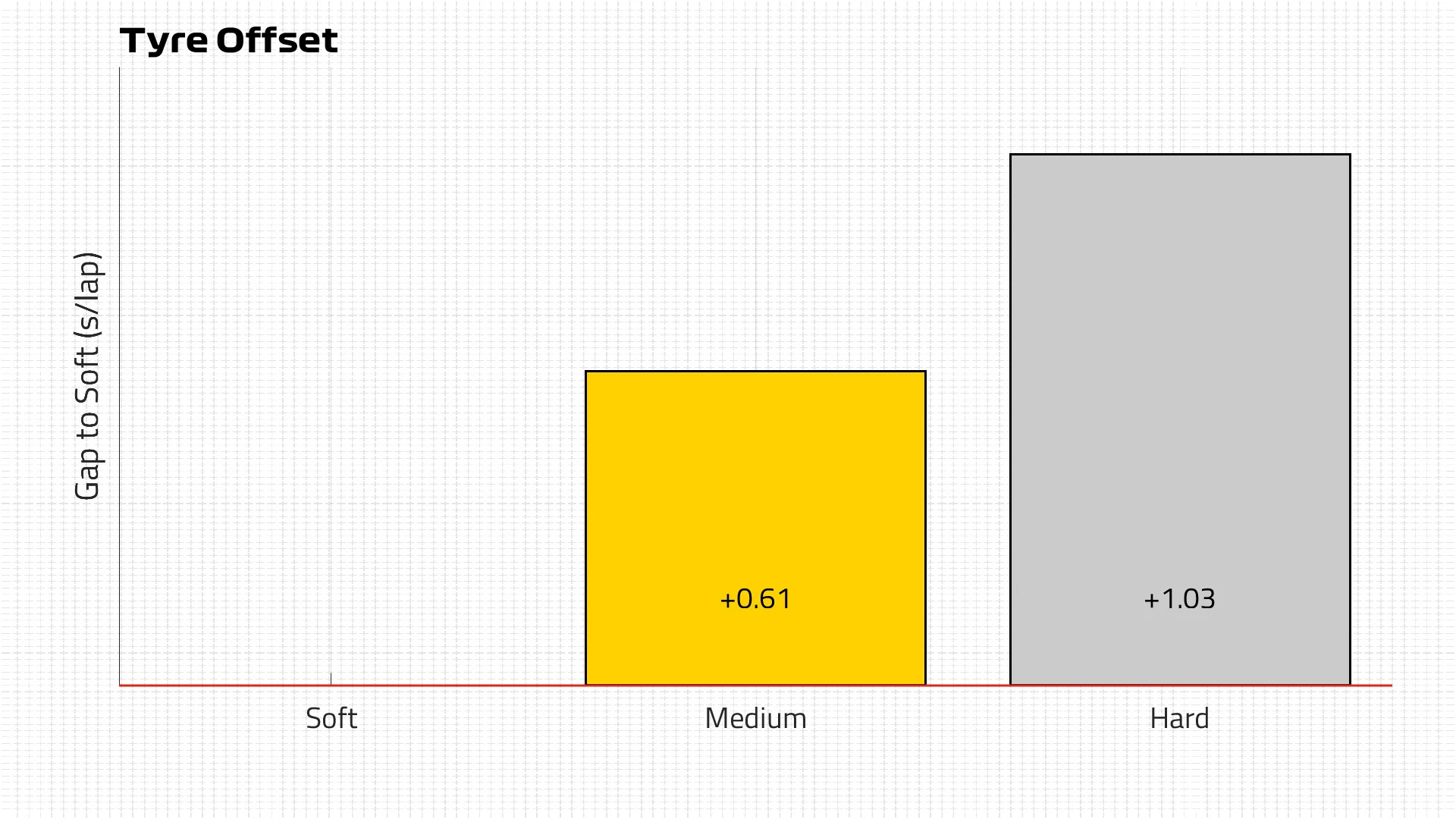
Next Up
Related Articles
 Beyond The GridThe best of 2025, from Norris’ evolution to Brad Pitt’s ‘need for speed’
Beyond The GridThe best of 2025, from Norris’ evolution to Brad Pitt’s ‘need for speed’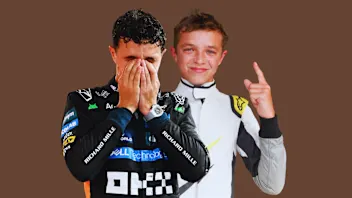 ExclusiveHow Norris made his school teachers ‘enormously proud’
ExclusiveHow Norris made his school teachers ‘enormously proud’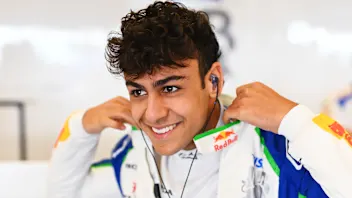 Lindblad's car number confirmed for rookie season
Lindblad's car number confirmed for rookie season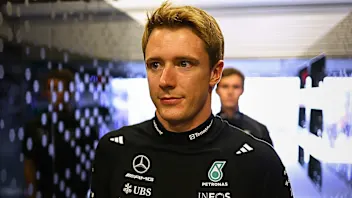 ExclusiveVesti on life as Mercedes reserve and his F1 plan
ExclusiveVesti on life as Mercedes reserve and his F1 plan.webp) Winners & Losers5 Winners and 5 Losers from the 2025 season
Winners & Losers5 Winners and 5 Losers from the 2025 season ExclusiveHow APXGP was brought to life by costume designer Julian Day
ExclusiveHow APXGP was brought to life by costume designer Julian Day

